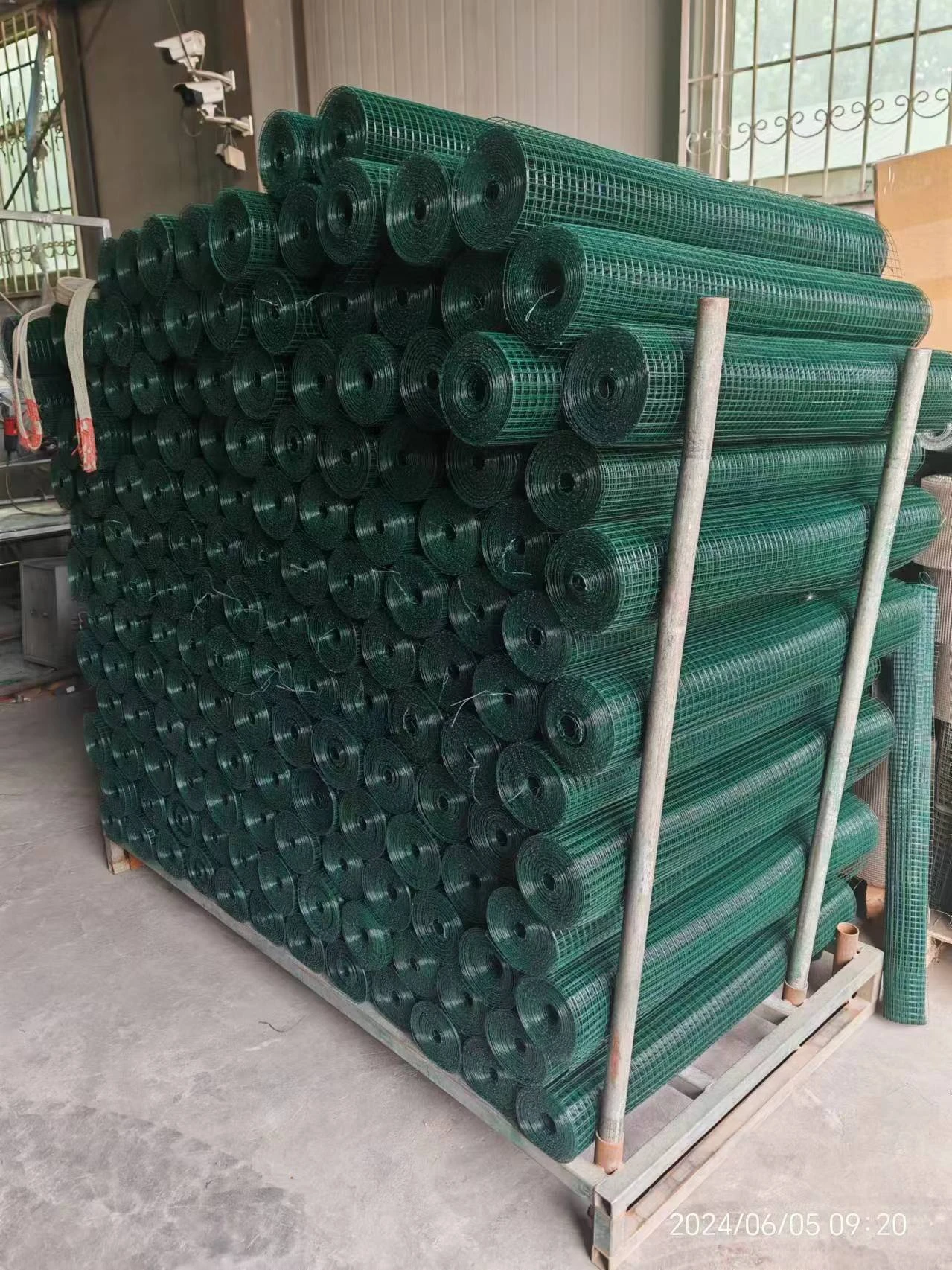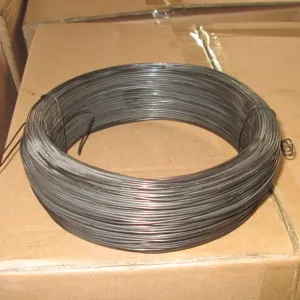

When it comes to longevity and environmental resilience, stainless steel nails take precedence. They are especially vital in coastal regions where salt air accelerates corrosion in other metals. Stainless steel's resistance to rust even under the harshest conditions makes these nails a hallmark of durability. Moreover, their aesthetic appeal in situations requiring visible fasteners cannot be overstated; they provide both functionality and beauty. Spiral and ring shank nails introduce a different facet, where grip strength is paramount. The design innovation lies within their shank —spiral or ringed— offering superior holding power compared to conventional smooth shanks. This makes them ideal for securing subflooring or siding, where nail loosening over time could compromise structural stability. Their design ensures that once driven, the nails stay embedded, maintaining the integrity of the construction over decades. In specialized applications, roofing nails deserve mention for their unique features. Sporting wide, flat heads, these nails ensure secure attachment of shingles without tearing. They are often galvanized, a testament to their requirement to withstand varying weather conditions and intense wind forces. While navigating the diversity of building nails, each nail type's purpose aligns with its structural design, material composition, and intended application. Professionals armed with the knowledge of these nuances can make informed decisions, tailored to their specific project requirements. This comprehensive understanding fosters trust and authority, essential elements when constructing reliable, enduring edifices. The selection of the appropriate nail, thus, is not merely a technical choice but a keystone in the art and science of building, shaping the very fabric of modern construction in remarkable ways.

















